Introduction to the Importance of User-Friendly Website Design
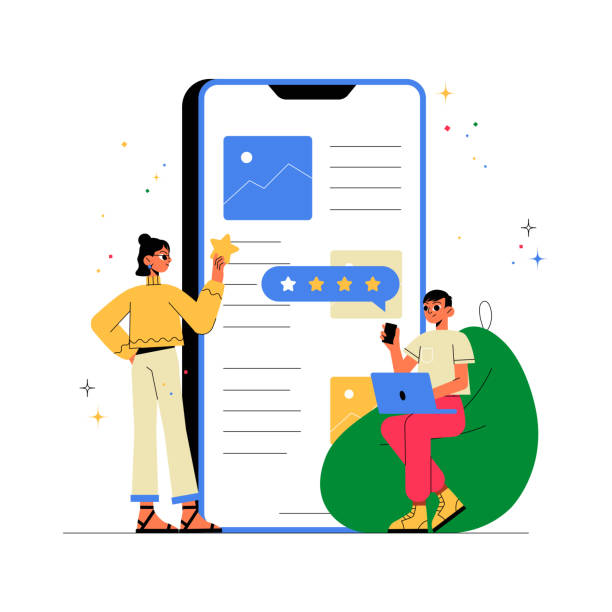
In today’s digital world, having an efficient website is not just an advantage, but an undeniable necessity.
But efficiency is not limited to the website’s appearance; it relates to #UserExperience and ease of use.
User-friendly website design goes beyond aesthetics and means that users can easily find the information they need, interact with the site, and achieve their goals.
This #educational and #explanatory approach helps users navigate your website without confusion.
The more pleasant the user experience, the higher the likelihood of them staying on the site, returning, and ultimately becoming a loyal customer or audience member.
This concept has become the core of every business and individual’s online presence, as it directly impacts digital success.
A website meticulously designed to meet user needs not only reduces bounce rate but also increases conversion rates and improves SEO.
Focusing on these fundamental principles is the foundation of any successful online activity.
Ignoring the importance of user-friendly website design can lead to lost business opportunities and a decline in search results rankings.
In fact, a strong #UserFriendlyWebsiteDesign demonstrates your respect for the user’s time and effort.
Does your current corporate website not reflect your brand’s credibility and power as it should? Rasawab solves this challenge for you with professional corporate website design.
✅ Increased credibility and trust of visitors
✅ Targeted attraction of more customers
⚡ Click to receive free consultation!
Key Principles of an Excellent User Experience
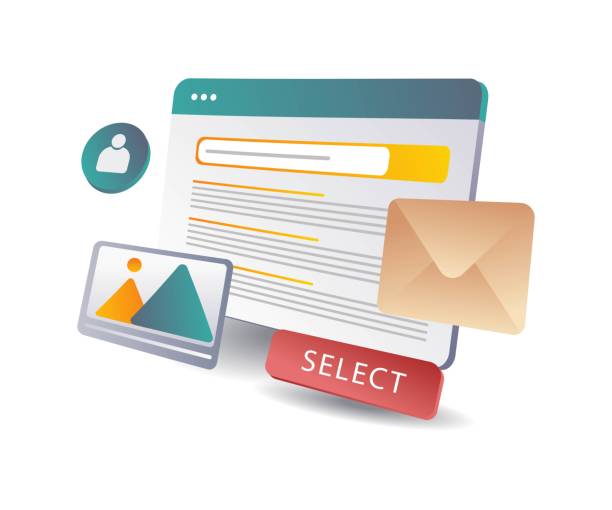
To achieve a truly excellent user-friendly website design, key principles of user experience (UX) must be considered.
These #expert guidelines ensure user satisfaction.
The first principle is simplicity and clarity; a website should not overwhelm users with too much information or complex design.
Every element should have a clear purpose and be easily understandable.
The second principle is consistency in design and functionality.
Using consistent layouts, colors, and fonts throughout the site helps users feel familiar and adapt to its environment easily.
Third, accessibility; the website should be usable for all users, including those with disabilities.
This includes adhering to WCAG standards and providing alternative text for images.
Fourth, visual feedback; users should know the result of their action, for example, by a button changing color after a click.
Fifth, efficiency; the website should load quickly and without errors.
These five fundamental principles form the skeleton of a user-centric website that brings a pleasant experience to every visitor.
This #guidance approach helps you have a truly effective site.
Importance of Navigation and Information Structure on a Website

Navigation and Information Architecture are two main pillars in any user-friendly website design.
Users should be able to quickly and easily access what they need.
An #educational and #explanatory, logical navigation system provides a clear path for the user and prevents confusion.
This includes clear menus, appropriate labeling, and the use of breadcrumbs to show the user’s path.
Information structure also refers to how content is organized and labeled on the website.
This should be done in a way that aligns with users’ mental models, allowing them to intuitively access information.
Using a logical hierarchical structure, clear categories, and robust search capabilities are crucial elements in this regard.
Designing good navigation makes users feel in control, rather than lost in a maze of pages.
This aspect of website optimization directly impacts user satisfaction and, ultimately, website success.
A website with poor navigation cannot succeed, even with the best content.
| Navigation Element | Description | Importance in UX |
|---|---|---|
| Main Menu | Main sections of the site presented clearly and accessibly. | Providing an overview of content, quick access to important sections. |
| Breadcrumbs | User’s current path in the site hierarchy (Example: Home > Products > Mobile Phone). | Helping with location awareness, easy back navigation. |
| Internal Search (Search Bar) | Ability to search for keywords within site content. | Quick access to specific content, improved experience for targeted users. |
| Footer Links | Secondary links such as contact us, about us, privacy, etc. | Access to supplementary and legal information, completing main navigation. |
Impact of Visual Design and Aesthetics on User Experience

In addition to functionality, user-friendly website design is heavily influenced by visual appeal and aesthetics.
At first glance, it’s the website’s appearance that can attract or deter a user.
A harmonious, modern, and brand-consistent visual design conveys a sense of professionalism and trust.
Proper use of colors, fonts, images, and whitespace plays a vital role in creating an #entertaining and pleasant experience.
Colors can evoke specific emotions and aid navigation, while readable and appropriate fonts make content easier to read.
High-quality images and videos not only make content more engaging but can also quickly convey complex messages.
Whitespace (empty space around elements) prevents visual clutter and helps the user focus on the main content.
This aspect of user-friendly website design is not just about beauty; it directly impacts ease of use and comprehension.
A website with poor visual design, even if technically flawless, may fail to attract users or keep them for long.
Therefore, investing in professional visual design is an integral part of a friendly website strategy.
Did you know that 94% of users’ first impressions of a business are related to its website design? With professional corporate website design by **Rasawab**, turn this initial impression into an opportunity for growth.
✅ Attracting more customers and increasing sales
✅ Building credibility and trust in the audience’s eyes⚡ Get a free website design consultation!
Content Strategy; The Beating Heart of User-Centric Design

Content is king, and this principle applies even more to user-friendly website design.
A website, no matter how technically and visually flawless, cannot retain users without valuable and relevant content.
The content strategy must be purposeful, answer user questions, meet their needs, and even provide #thought-provoking content to stimulate curiosity and engagement.
Content should be #expert, accurate, and up-to-date to earn user trust.
This includes writing clear and concise texts, using engaging headings, and short paragraphs for better readability.
Additionally, diversifying content formats such as articles, videos, infographics, and podcasts can enrich the user experience.
The readability of content is crucial; sentences should be fluid and free of complexity so that all users can easily understand it.
Producing continuous content relevant to your field of activity not only helps attract new users but also signals to search engines that your website is active and up-to-date.
Therefore, a strong content strategy is the cornerstone of an excellent user interface and an unparalleled experience for users.
Importance of Responsiveness and Mobile Priority

In the current era, where users access the internet from various devices, user-friendly website design has no meaning without Responsiveness and Mobile-First priority.
Responsive design means that your website should automatically adjust its size and layout to the screen size of the user’s device, whether it’s a smartphone, tablet, or desktop.
This ensures that the user experience is optimized and seamless across all devices.
The mobile-first approach goes even further; in this method, website design begins with smaller-screen mobile devices and then expands to larger screens.
This ensures that critical features and core content are displayed optimally on mobile devices, where most users spend their time today.
Ignoring this aspect can lead to the loss of a large segment of the audience and a negative user experience.
Websites that are not optimized for mobile not only drive users away but also suffer a decline in search engine rankings, as Google and other engines place great importance on mobile compatibility.
Therefore, modern user-friendly website design is deeply intertwined with the principles of responsiveness and mobile-first, serving as a critical #guidance for online success.
The Role of Loading Speed and Performance in User Experience
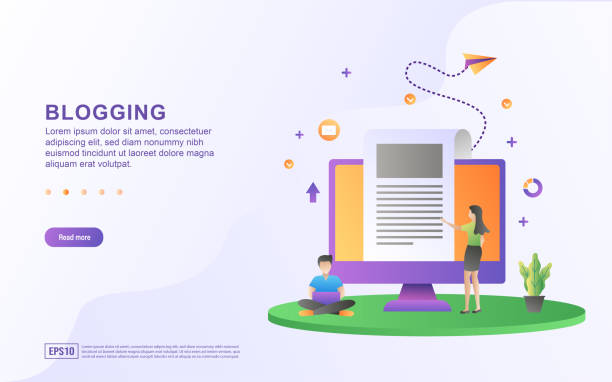
Website loading speed is one of the critical factors in user-friendly website design that is often overlooked.
In today’s fast-paced world, users expect websites to load within a few seconds (or even less).
Any loading delay can lead to user loss and an increased Bounce Rate.
Research shows that most users abandon websites that take more than 3 seconds to load.
High loading speed not only improves user experience but also plays a fundamental role in SEO and website ranking in search engines.
Google has clearly stated that site speed is a ranking factor.
Optimizing images, using caching, reducing HTTP requests, compressing files, and using a Content Delivery Network (CDN) are among the #expert solutions for increasing website speed.
#News tracking of Google algorithm changes shows that this issue has gained increasing importance.
Website optimization for speed is an essential component of a comprehensive user-friendly website design strategy that directly impacts user satisfaction and ultimately converts visitors into customers.
| Factor | Explanation | Impact on Speed |
|---|---|---|
| Image Size | Large and unoptimized images. | Increases file loading time. |
| Browser Caching | Temporary storage of static website files in the user’s browser. | Reduces loading time on repeat visits. |
| Compression (Gzip) | Reduces the size of CSS, JavaScript, and HTML files. | Reduces required bandwidth and transfer speed. |
| Hosting | Quality and location of the website host server. | Direct impact on server response speed. |
Web Accessibility; Inclusive User Experience

One of the often overlooked yet critical aspects of user-friendly website design is Web Accessibility.
Accessibility means that your website should be usable by all individuals, regardless of their abilities or disabilities.
This includes people with visual, auditory, motor, or cognitive impairments.
A highly accessible website allows users to easily interact with the site’s content and navigation using assistive technologies such as screen readers, keyboards, or other input devices.
Accessibility principles include providing alternative text for images (alt text), captions for videos, designing usable forms, and ensuring sufficient color contrast between text and background.
This approach is not only an ethical duty but can also significantly expand your target market.
Many countries have strict laws regarding website accessibility.
This is an important #educational and #explanatory topic that should be considered in the early stages of user-friendly website design.
By adhering to these principles, you ensure that your website is a friendly and accessible website for anyone who visits it, which greatly contributes to enhancing your brand and reputation.
Does your current corporate website present a worthy image of your brand and attract new customers?
If not, turn this challenge into an opportunity with Rasawab’s professional corporate website design services.
✅ Significantly improves your brand’s credibility and image.
✅ Paves the way for attracting leads and new customers.
⚡ For free and specialized consultation, contact Rasawab now!
User Feedback and Design Iteration
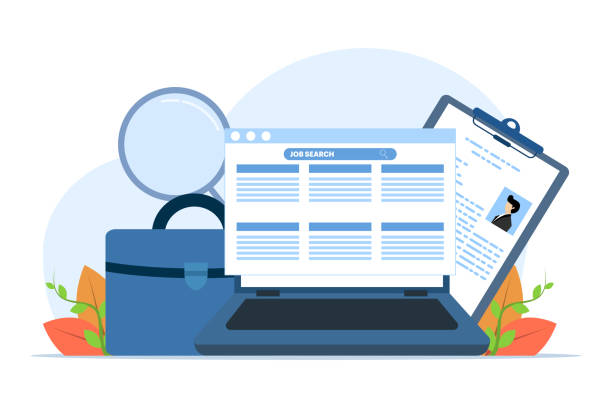
A user-friendly website design is a dynamic and continuous process, not a one-time project.
After launching the website, collecting user feedback and analyzing data for Iteration and continuous improvement is essential.
This is the #analytical part of the design process that helps you identify your website’s strengths and weaknesses.
There are various methods for gathering feedback, including online surveys, Usability Testing, Heatmaps, and Web Analytics like Google Analytics.
These tools provide you with valuable information about user behavior, navigation paths, and the site’s weaknesses and strengths.
Based on this data, you can make necessary changes and improve the design.
This process is a cycle of design, implementation, measurement, and improvement that continuously enhances user experience.
Remember that user expectations change, and technology advances, so a successful user-friendly website design is always evolving and adapting to new needs.
This #guidance approach ensures that your site always remains at its peak performance.
The Future of User-Friendly Website Design and Emerging Trends
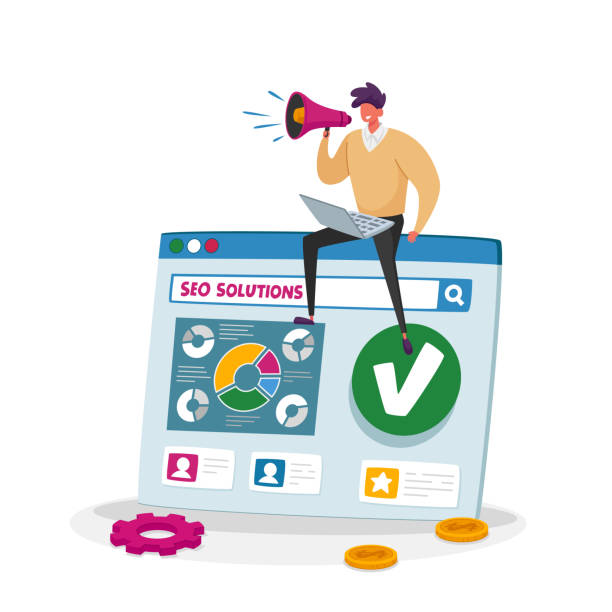
The world of user-friendly website design is constantly changing and evolving, and staying #informed and #analytical about emerging trends is crucial for maintaining competitiveness.
In the future, we will see a greater focus on personalizing the user experience, where websites tailor their content and offerings based on the individual behavior and preferences of each user.
Artificial intelligence and machine learning will play an increasingly important role in this area.
Voice User Interfaces and speech-based interactions are also gaining increasing popularity, requiring new approaches to user interface design.
Virtual Reality (VR) and Augmented Reality (AR) also hold great potential for creating immersive and #entertaining experiences that can expand the definition of user-friendly website design.
Furthermore, the importance of user privacy and data transparency will receive even more attention.
A focus on sustainability and ethics in design will also become a significant topic.
By embracing these trends and investing in new technologies, we can ensure that websites remain engaging and useful for users not only today but also in the future.
This is an #expert perspective on the future of this field.
Frequently Asked Questions
And other services of Rasawab Advertising Agency in the field of advertising
Smart SEO: A dedicated service for growth through customer behavior analysis based on intelligent data analysis.
Smart Marketing Automation: Professional optimization for online growth using Google Ads management.
Smart Content Strategy: Designed for businesses seeking to attract customers through user experience customization.
Smart Website Development: An innovative service to improve SEO ranking through attractive UI design.
Smart UI/UX: An innovative service to increase customer acquisition through SEO-driven content strategy.
And over hundreds of other services in internet advertising, advertising consultation, and organizational solutions
Internet Advertising | Advertising Strategy | Advertorial
Resources
? For your business to soar in the digital world and achieve unprecedented success, Rasawab Afarin Digital Marketing Agency is by your side with its expertise and experience. From user-friendly website design and SEO optimization to executing targeted advertising campaigns, we are ready to transform your brand in the online space and pave the way for sustainable growth.
For consultation and services, contact us.
📍 Tehran, Mirdamad Street, Next to Central Bank, Southern Kazeroun Alley, Ramin Alley, No. 6

